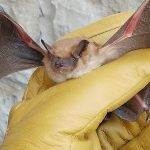Beef cattle

Appeal process put in place for Alta. biodigester
Mediation is planned for spring; if unsuccessful, it will be followed by an Environmental Appeals Board public hearing
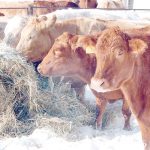
Feds reduce interest-free portion of cash advance
Increases implemented over the last few years have been discontinued, leaving farmers to pay higher interest cost
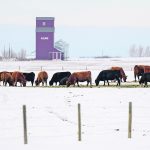
Water woes weigh on ranchers

Brand inspection moves toward digital records in Sask.
Provincial agency develops a web tool and app that those involved in moving cattle can use to simplify record-keeping
REGINA — Livestock Services of Saskatchewan will soon roll out a new digital records tool and app to help the industry move away from paper while meeting federal legislation. The MyLivestock portal will be available for non-inspected movement likely in March. However, chief executive officer Jason Pollock said its primary purpose is to serve as […] Read more
Grassland payment proposal gains momentum
Canadian Cattle Association says Ottawa appears open to a program that would pay producers to maintain grasslands
BRANDON — The Canadian Cattle Association has been getting a “warm” reception from the federal government as it proposes a new strategy to preserve the country’s grasslands, says vice-president Tyler Fulton. Last fall, the CCA, Ducks Unlimited and the Nature Conservancy of Canada (NCC)developed an idea called the Grasslands Conservation Initiative. The basic concept is […] Read more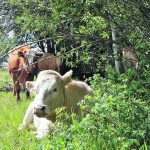
U.S. cattle herd reaches 1951 low

Letting heifers rough it has benefits

VIDEO: Youthful optimism abounds in cattle country
Youth programs help attract young people to the cattle breeding sector, where the optimism can be seen in the show barns
BRANDON — It wasn’t hard to find young cattle folk in the barn at Manitoba Ag Days. “They always say (average age) is getting older, but not in livestock, especially not in this kind of seedstock industry,” said Austen Anderson, as he sat on and stroked one of his Angus bulls, a peaceful creature that […] Read more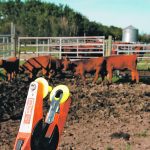
Proper tagging seen as the easiest way not to lose them
Tags that go into cattle’s ears properly are more likely to stay there and not cause problems later on with traceability
The Canadian Cattle Identification Agency has launched a new campaign to provide more information to farmers on how to retain tags on cattle. The challenge with cattle tagging is that at some point in their life, animals can lose their iconic yellow button tags, and that’s a problem for the traceability system for livestock. The […] Read more